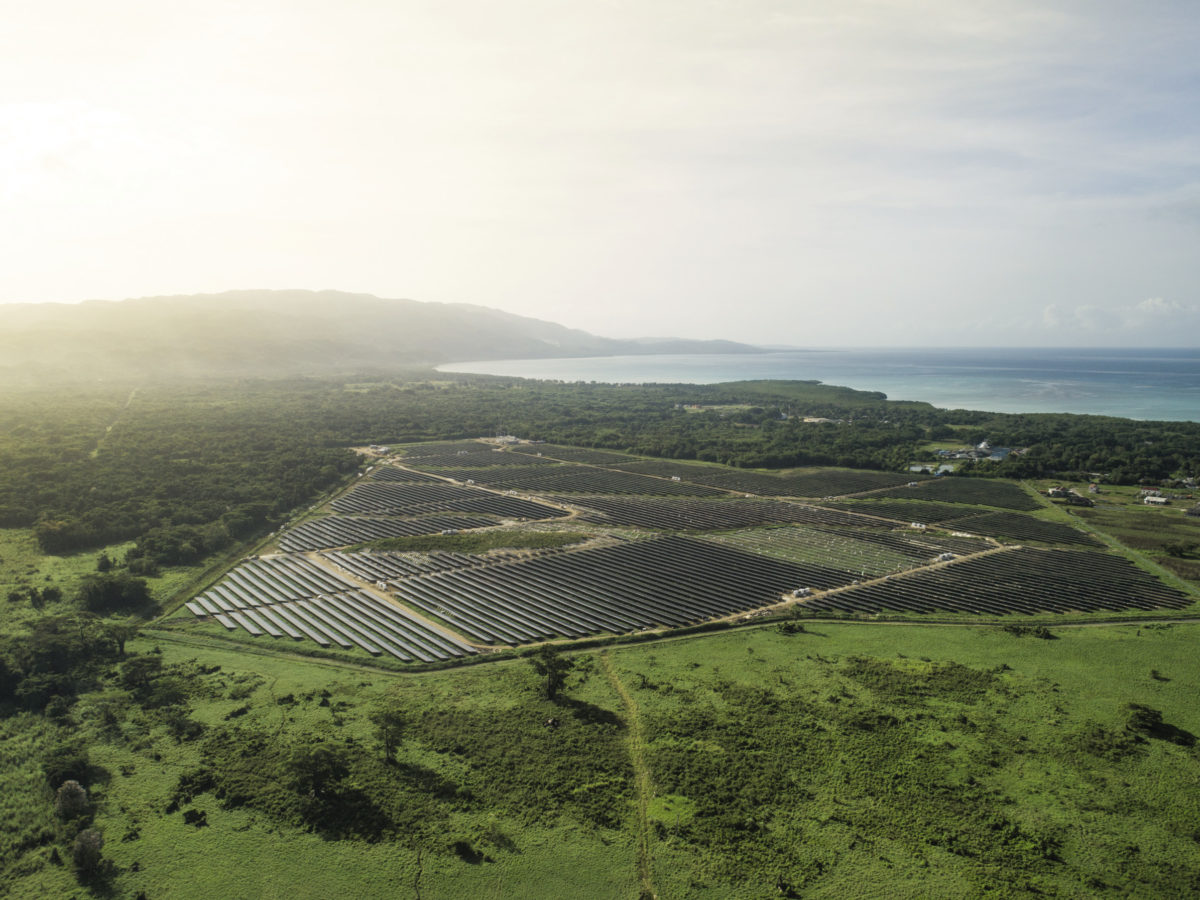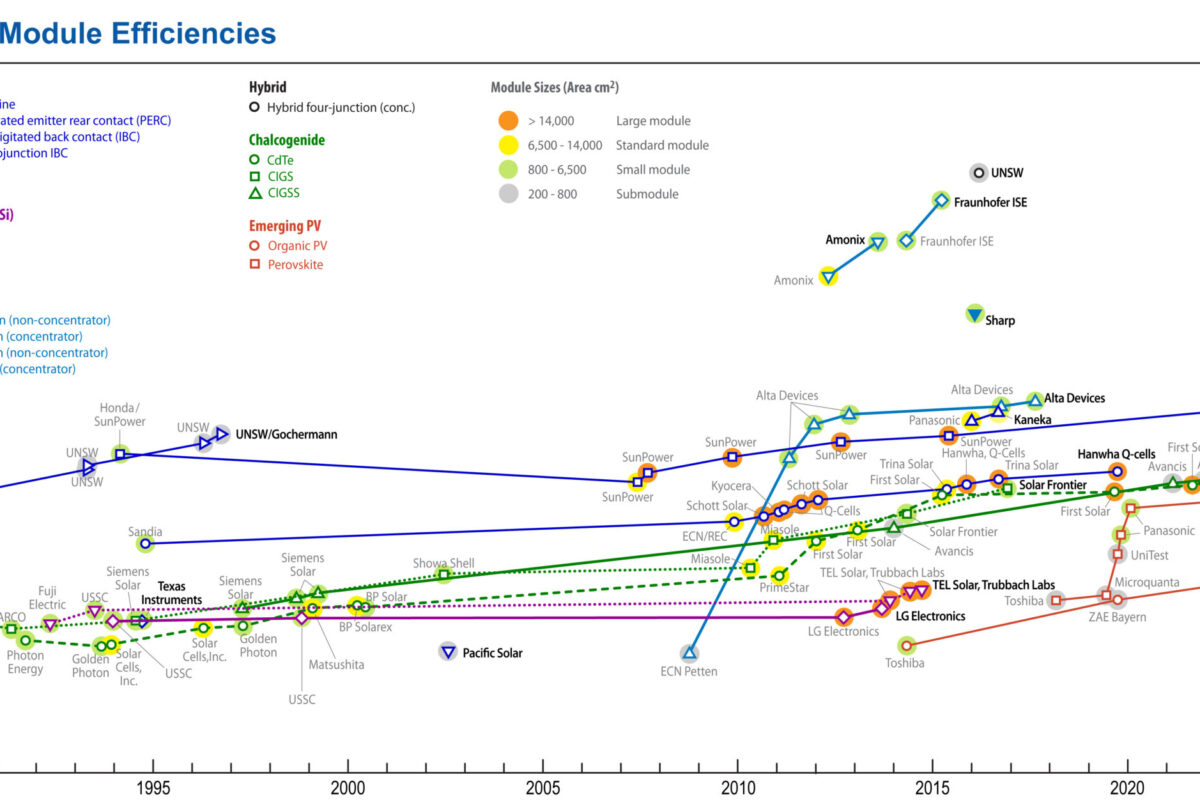Two Caribbean nations have made steps toward the energy transition with a tax exemption for lithium-ion batteries and financing for new solar and energy storage projects.
Jamaica said this week that lithium batteries will be exempted from its General Consumption Tax (GCT). GCT is a value-added tax applied on goods and services in the nation, usually at a rate of 15% plus 5% on imported goods, as would be the case for lithium batteries.
An announcement of the CGT exemption, issued by the government's Jamaica Information Service, stated that the GCT on lithium batteries generated $193 million for state coffers in 2019. It is not clear whether the figure stated was in US dollars or in Jamaican dollars, which would be the equivalent of $1.26 million at the current exchange rate.
Some 100,000 lithium batteries imported by Jamaica had already benefited from a two-year exemption from the 10% to 20% Common External Tariff (CET) levied by the 15 members of the Caribbean Community (Caricom) trade area on goods sourced from non-Caricom states. The CET exemption expired in April 2021 and the Jamaican Ministry of Finance and the Public Service has made no objection to a request by the Ministry of Science, Energy and Technology that lithium batteries secure another CET exemption.
Caricom's Council for Trade and Economic Development will consider a request to exempt another 240,000 batteries from CET in a two-year arrangement that would run to the end of 2023.
Fellow Caricom founding member Guyana last week benefited from a decision by the Inter-American Development Bank to approve a GYD 16.6 billion ($75.8 million) finance package for solar and storage projects in the South American nation.
An announcement of the decision, made by Guyana's Department of Public Information (DPI) this week, did not reveal whether the finance would be comprised of grant or loan funding but it is likely to be the latter, given the bank's business model. The DPI article said the cash would be used to back 33 MWp of solar generation capacity and at least 34 MWh of energy storage facilities, under the Guyana Utility Scale Solar Photovoltaic Programme.
The initiative involves 10 MWp of solar capacity on the Demerara-Berbice grid, 15 MWp of solar and at least 22 MWh of battery storage on the Linden network, and 8 MWp plus at least 12 MWh of battery storage on the Essequibo grid, in the interior of Guyana.
The DPI statement did not indicate whether the Inter-American Development Bank funding would finance all of the planned generation and storage capacity.
This content is protected by copyright and may not be reused. If you want to cooperate with us and would like to reuse some of our content, please contact: editors@pv-magazine.com.




1 comment
By submitting this form you agree to pv magazine using your data for the purposes of publishing your comment.
Your personal data will only be disclosed or otherwise transmitted to third parties for the purposes of spam filtering or if this is necessary for technical maintenance of the website. Any other transfer to third parties will not take place unless this is justified on the basis of applicable data protection regulations or if pv magazine is legally obliged to do so.
You may revoke this consent at any time with effect for the future, in which case your personal data will be deleted immediately. Otherwise, your data will be deleted if pv magazine has processed your request or the purpose of data storage is fulfilled.
Further information on data privacy can be found in our Data Protection Policy.